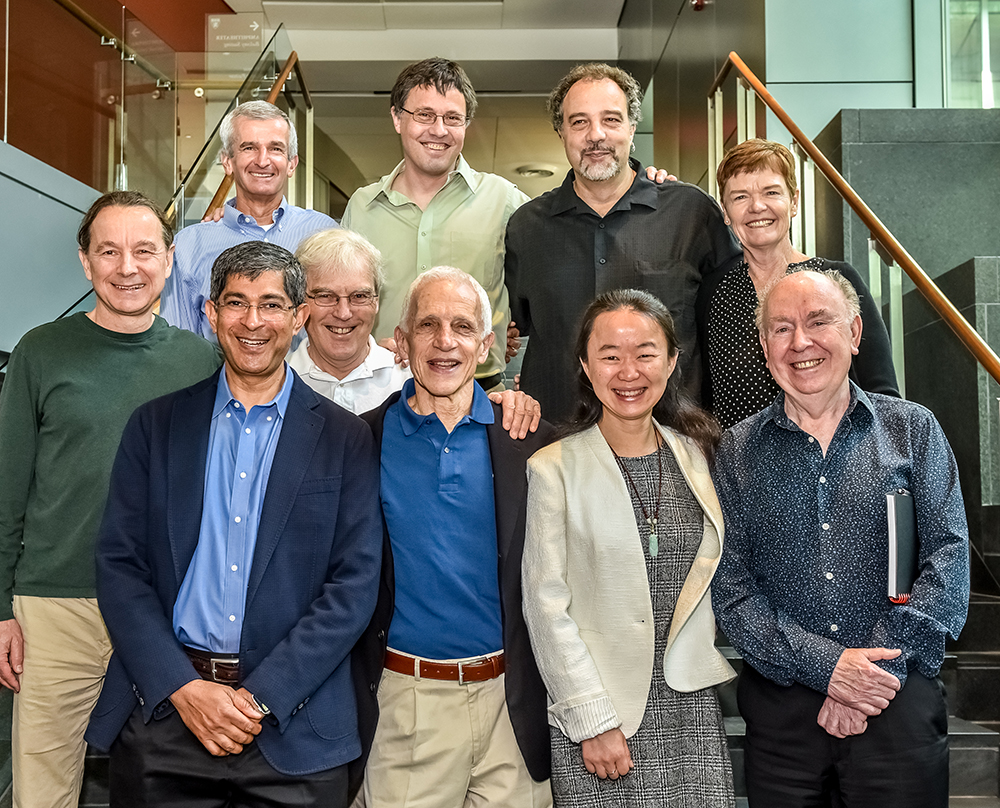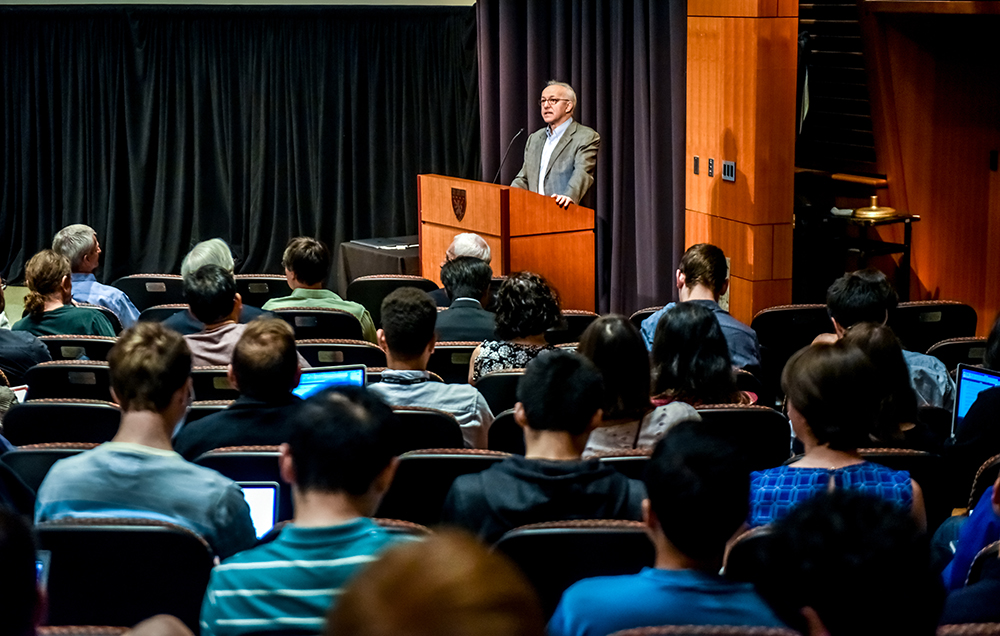
“It is very easy to answer many … fundamental biological questions; you just look at the thing!” – Richard Feynman, in a lecture to the American Physical Society, December 29, 1959.
It’s often said that in biology, structure is the key to understanding function. For this reason, advances in revealing the molecular structures of biological molecules have been among the most celebrated in all of science.
From ribosomes and hemoglobin to ion channels and, perhaps most famously, DNA, discoveries of important structures or of new methods to identify them have earned a number of Nobel Prizes over the past century.
The work of the world’s structural biology community has spawned vast and diverse fields of biomedical research and led to the development of a wealth of life-altering therapeutics. Most of these structural insights were achieved through a relatively small set of highly productive tools, primarily X-ray crystallography and NMR spectroscopy.
In recent years, a new tool has joined this arsenal and it is rapidly transforming the field. Driven by advances in imaging technology, computational power, algorithms and innovative methodologies, cryo-electron microscopy (cryo-EM) is allowing scientists to visualize, at near-atomic resolution, structures of molecules that were difficult or impossible to determine previously.
Biological scientists around the world have embraced cryo-EM for its enhanced power in making discoveries about the molecular structures that underlie life, and for the myriad possibilities it offers to advance the rational design and evaluation of therapeutics.
In recognition of the importance of this technology to the future of biomedical research, a consortium formed by Harvard Medical School, Harvard University’s Office of the Provost, Boston Children’s Hospital, Dana-Farber Cancer Institute and Massachusetts General Hospital has established a new facility to make cryo-EM more broadly available to the Harvard research community.
To celebrate the new Harvard Cryo-EM Center for Structural Biology, which, when it opens later this year, will mark a new era of structural biology research and discovery at Harvard, HMS hosted the Inaugural Symposium for the Harvard Cryo-Electron Microscopy Center for Structural Biology on May 30.
The day-long event featured some of the world’s most esteemed structural biologists, including two Nobel laureates. Reflecting Harvard’s distinguished history of leadership in the field, the speakers all shared deep connections to the university, either as students, postdoctoral fellows, former faculty or longtime collaborators.

“This special occasion marks a historic commitment to leadership in structural biology, a field central to so much of modern biomedicine, by Harvard and our clinical partners,” said HMS Dean George Q. Daley in his welcoming remarks at the symposium, held in the Joseph B. Martin Conference Center on the HMS campus.
“This extraordinary partnership emphasizes the joint commitment that we have to collaborative research, and to supporting truly important projects that may be too large or costly for any one research group to achieve alone,” Daley said. “I have no doubt that this center will have an enormous impact on our ability to advance fundamental science and the development of therapeutics.”
Located on the HMS Quad, and headed by renowned structural biologist Stephen Harrison, the HMS Giovanni Armenise-Harvard Professor of Basic Biomedical Science, the Harvard Cryo-EM Center will house four state-of-the-art microscopes, along with sample preparation areas and tools to support their use. The facility will be operated by full-time staff who will provide training, supervision and user support.
The Center will greatly expand access to cryo-EM for researchers working to answer important basic and clinical science questions, and the potential impact of this resource will travel well beyond the university.
“Harvard will be giving science a new pair of eyes,” said Rick McCullough, Professor of Materials Science and Engineering and Vice Provost for Research at Harvard University. “Cryo-EM is a revolutionary tool that is allowing scientists to see, for the first time, the structures of very large bio-molecules. This could help us understand the causes of some diseases and support the development of new drugs that benefit human health.”
“This is a perfect example of how we can leverage the scale of our combined facilities to advance science and medicine for the benefit of society,” McCullough added.







